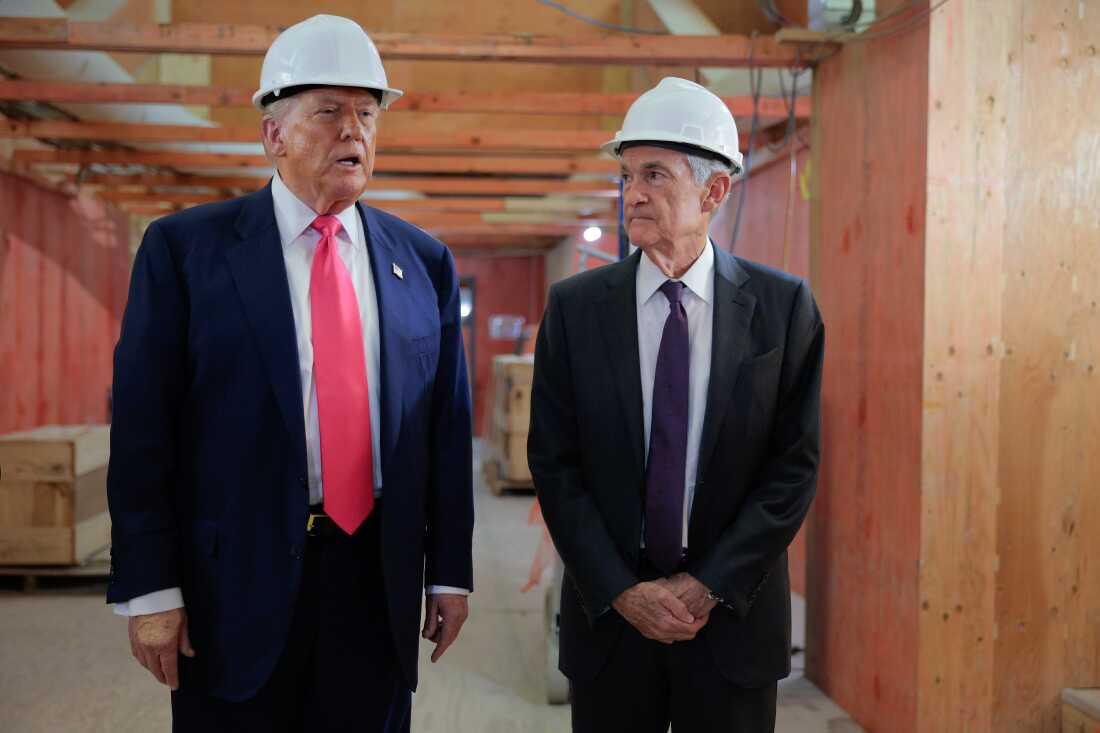FOMC Meeting Preview: No Rate Cut Today, But a Pivot Could Also Be Good News
It has been nearly two months since the Federal Reserves last interest rate meeting, and during these days, the situation has grown more complex for a Fed that has been content to "wait and see": infl

It has been nearly two months since the Federal Reserve's last interest rate meeting, and during these days, the situation has grown more complex for a Fed that has been content to "wait and see": inflation has begun to rise again, unemployment is falling, tariffs remain unresolved, yet stocks have hit new highs. President Donald Trump is ramping up calls for rate cuts, while internal divisions may be emerging within the Fed itself.
In this murky and volatile environment—where committee members are increasingly charting their own paths—the interest rate decision has ironically become the most predictable part of today’s FOMC meeting.
Although there's broad consensus that the Fed will “hold rates steady,” internal disagreement may still surface. Two Fed Governors—Christopher Waller and Michelle Bowman—are expected to vote against keeping the federal funds rate at 4.25%–4.5%. If so, it would mark the first time since 1993 that multiple Fed Governors have dissented in a vote.
This speculation is not baseless. Both Waller and Bowman have previously expressed support for rate cuts. Earlier this month, Waller argued that weak job growth signals economic fatigue and warned against inaction: “Private-sector payroll growth is near stall speed, and other data suggest that downside risks to the labor market have increased,” he said in a speech. At the end of June, Bowman stated that if inflation pressures remain mild, she would support initiating rate cuts at the July meeting—a rare explicitly dovish stance for a senior Fed official in recent years.
Given that both Waller and Bowman are rumored contenders to succeed Powell as Fed Chair, their recent push for rate cuts carries political implications, adding complexity to their voting behavior. JPMorgan economist Michael Feroli noted that if both dissent, it could look more like positioning for the Chair role than a reflection of economic conditions.
Whether driven by economic assessment or personal ambition, many analysts believe Waller and Bowman’s evolving positions foreshadow the Fed’s future direction after Powell’s term ends next year—a Fed possibly led by a Trump-nominated chair pushing for aggressive rate cuts, while others inside the Fed push back against such moves.
Their votes in this meeting may expose those divisions—sooner rather than later.
Meanwhile, President Trump became only the fourth U.S. president in history to visit the Federal Reserve—officially to inspect the ongoing renovation of the Fed’s controversial headquarters. During the visit, he reiterated his call for rate cuts. “We had a very good meeting ... I think we had a very good meeting on interest rates,” Trump told reporters last Friday.
Previously, Trump had even floated the idea of removing Powell as Fed Chair. Although he later walked back the threat after sharp market backlash, he also stressed that “nothing is off the table.”
Given their recent “friendly rate discussion” at the Fed’s construction site, it’s highly likely that the topic will come up during Powell’s post-meeting press conference. His response will not only reflect the Fed’s stance on political pressure—it may also determine how much longer he remains Chair.
Markets overwhelmingly expect the Fed to cut rates at the September meeting, according to CME FedWatch data. Whether the Fed hints at this move in today’s statement or Powell’s press conference is a key point of market focus.
After this week’s meeting, only three more policy meetings remain in 2025. Based on projections released in June, officials anticipated two 25-basis-point cuts this year. Citi economist Veronica Clark noted this significantly increases the likelihood of a September cut.
“The average official is still in this wait-and-see mode, but September is very reasonable,” said Clark.
Disclaimer: The views in this article are from the original Creator and do not represent the views or position of Hawk Insight. The content of the article is for reference, communication and learning only, and does not constitute investment advice. If it involves copyright issues, please contact us for deletion.